In Photos: Petroglyphs Discovered in Hawaii
Uncovered Wonders
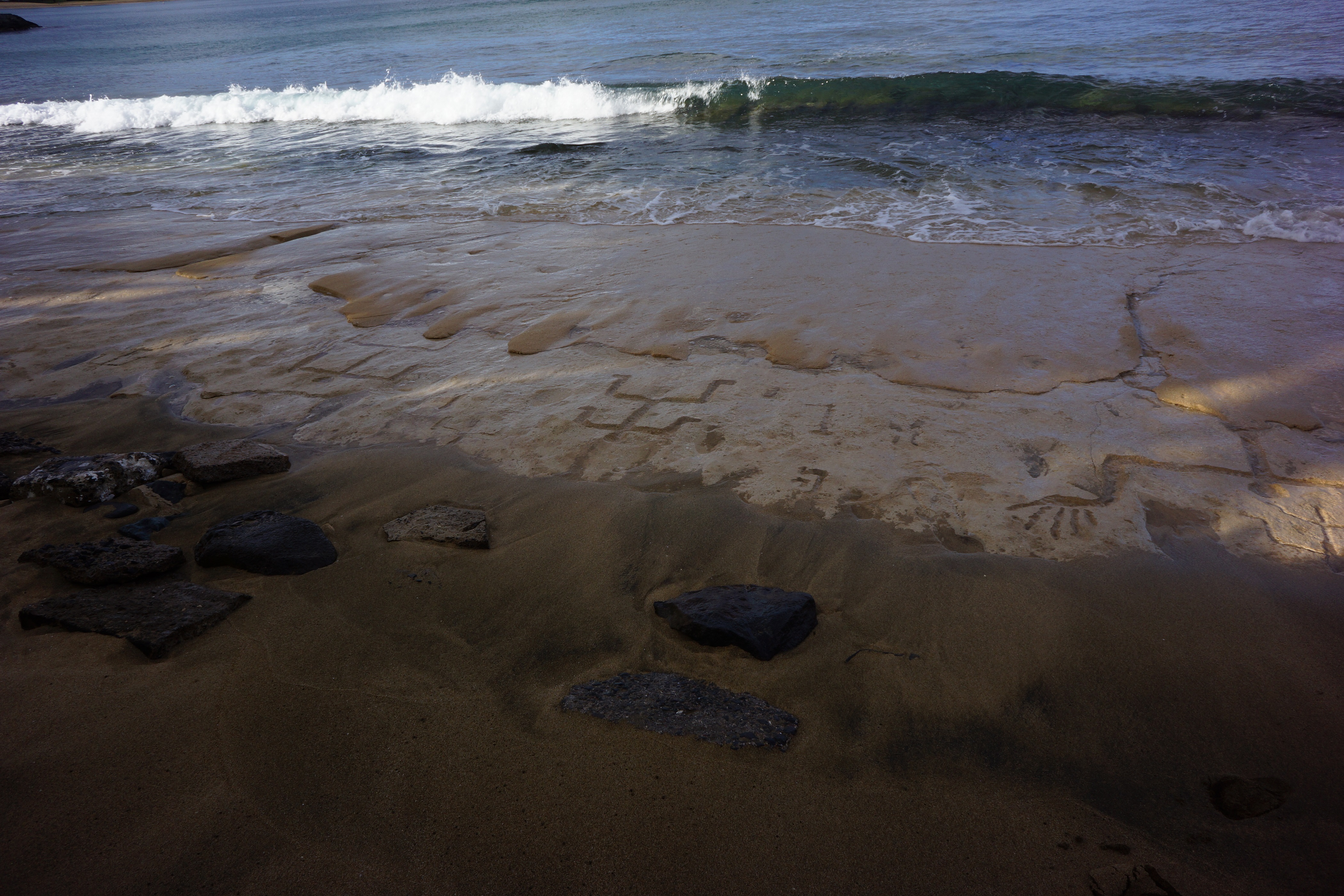
Shifting sands on Oahu's Waianae coast reveal petroglyphs at least 400 years old. The human figures carved into sandstone have never been recorded before. They first emerged in July, when two tourists from Texas glimpsed them by chance. The sand has already swallowed the petroglyphs again, but state officials and U.S. Army archaeologists are planning ways to protect them. [Full story: Shifting Sands Reveal 400-Year-Old Petroglyphs in Hawaii]
Carved in a Line
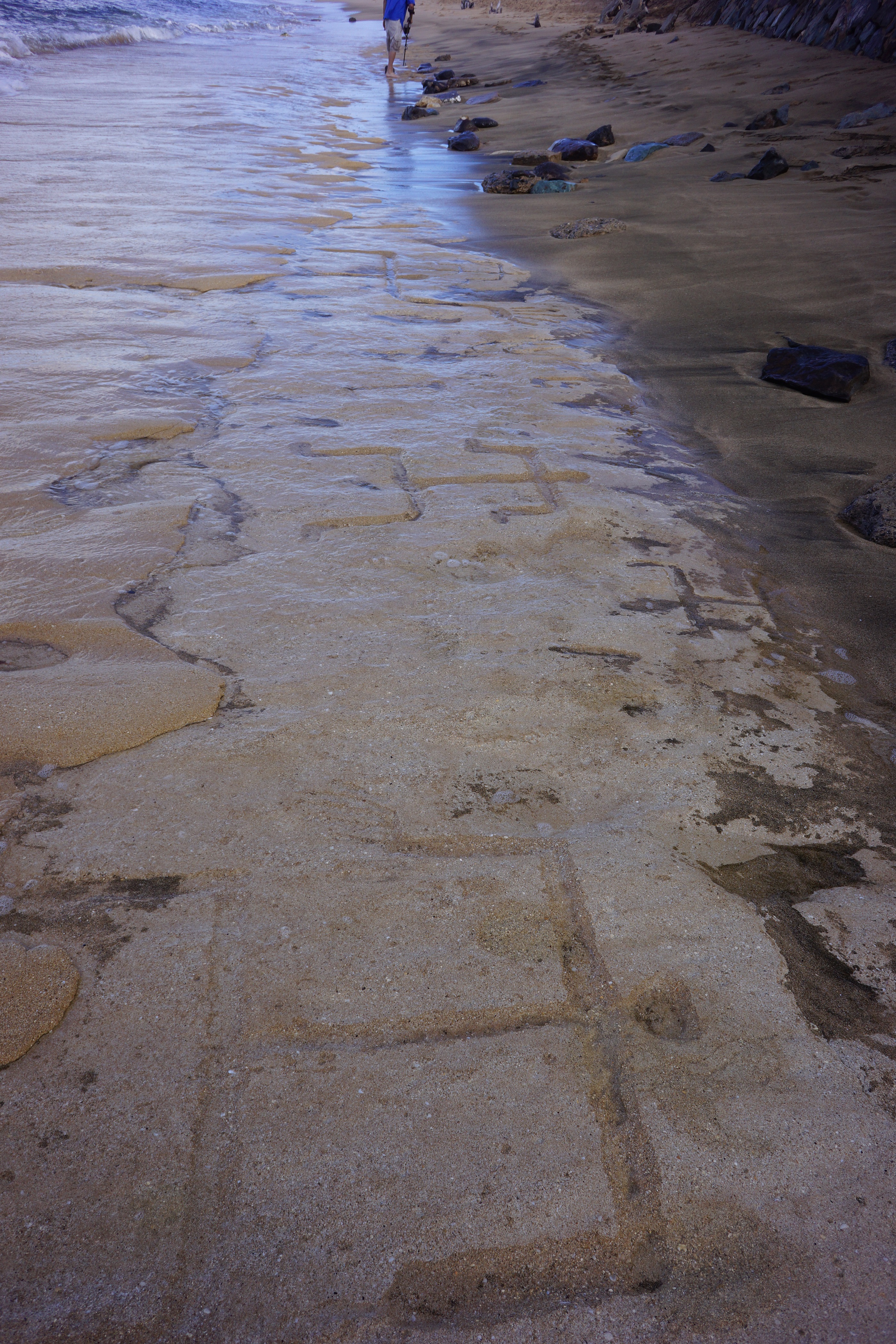
Seventeen petroglyphs have been found lining the beach on western Oahu. Some of the human figures have hands and fingers, a relatively rare level of detail, according to an Army archaeologist who is involved in documenting and preserving the find.
Shoreline Petroglyphs
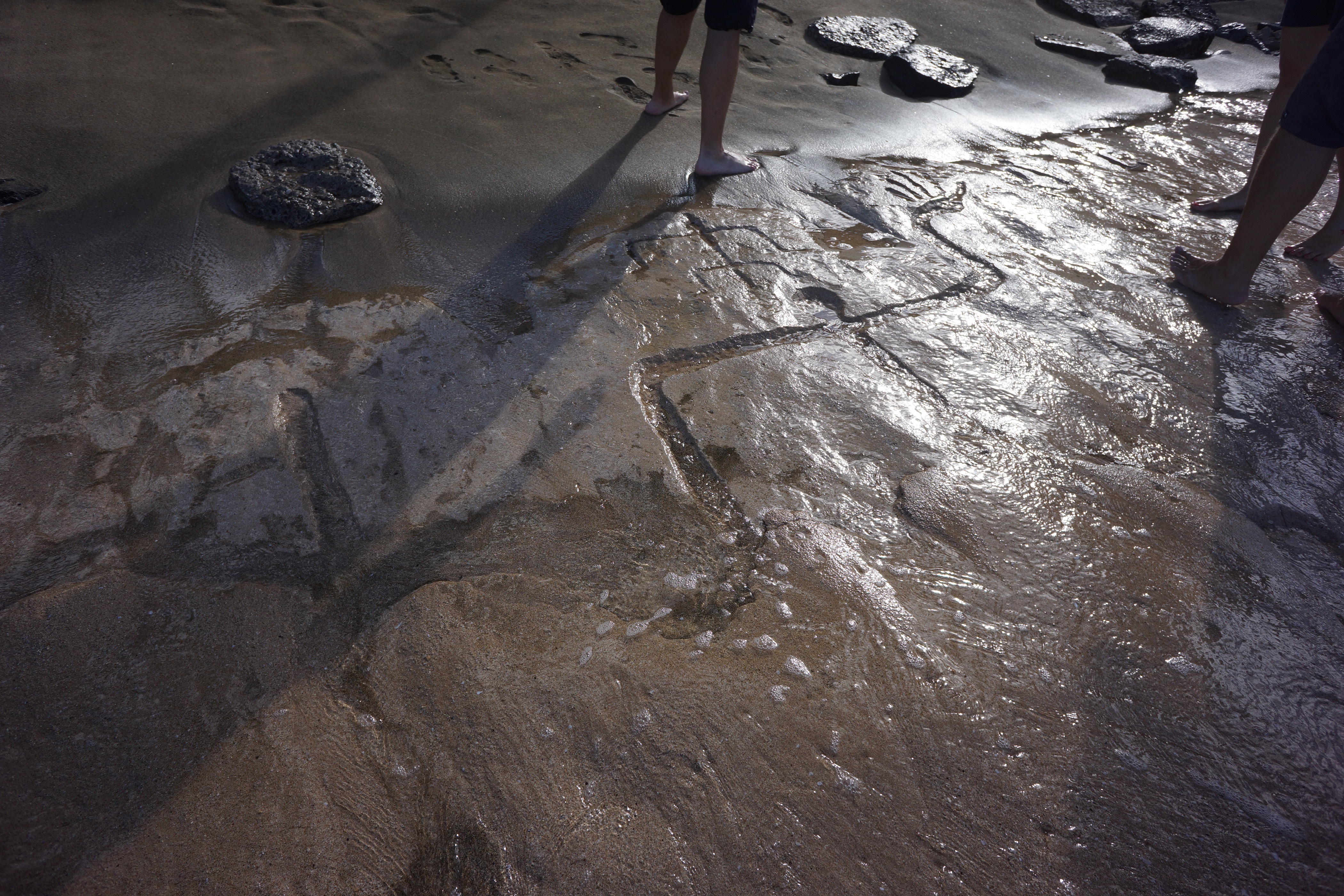
It's rare to find petroglyphs directly on the shoreline, said Army archaeologist Alton Exzabe. It's also rare to find petroglyphs of this size: The largest is nearly 5 feet (1.5 meters) across.
Lucky Find
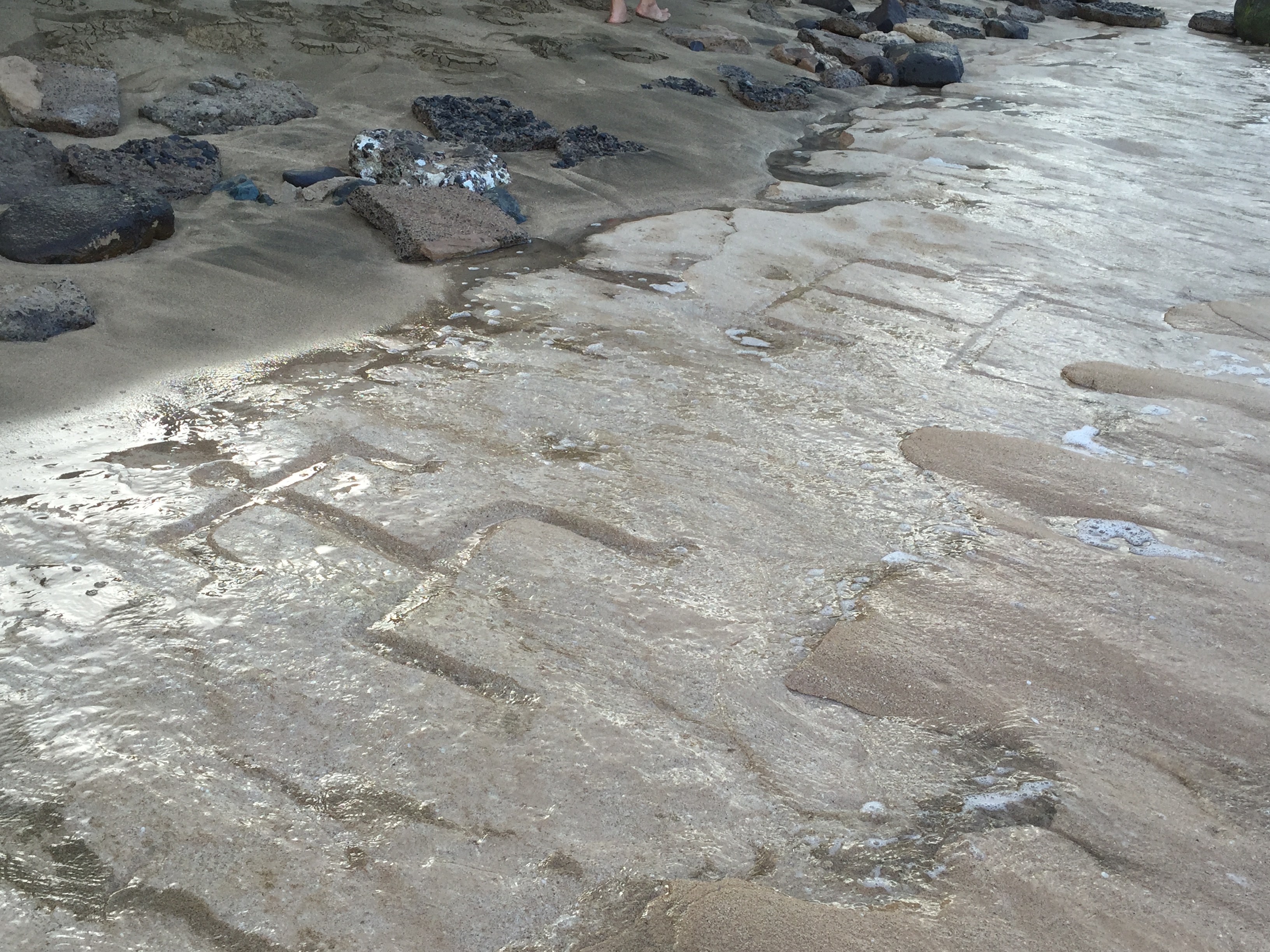
Two tourists from Texas discovered these petroglyphs while watching the sunset one July evening. "It was just a stroke of luck," Lonnie Watson, one of the visitors, said in a statement issued by the Hawaii Department of Land and Natural Resources. Here, the fragile carvings are temporarily cleared of sand.
Fragile History
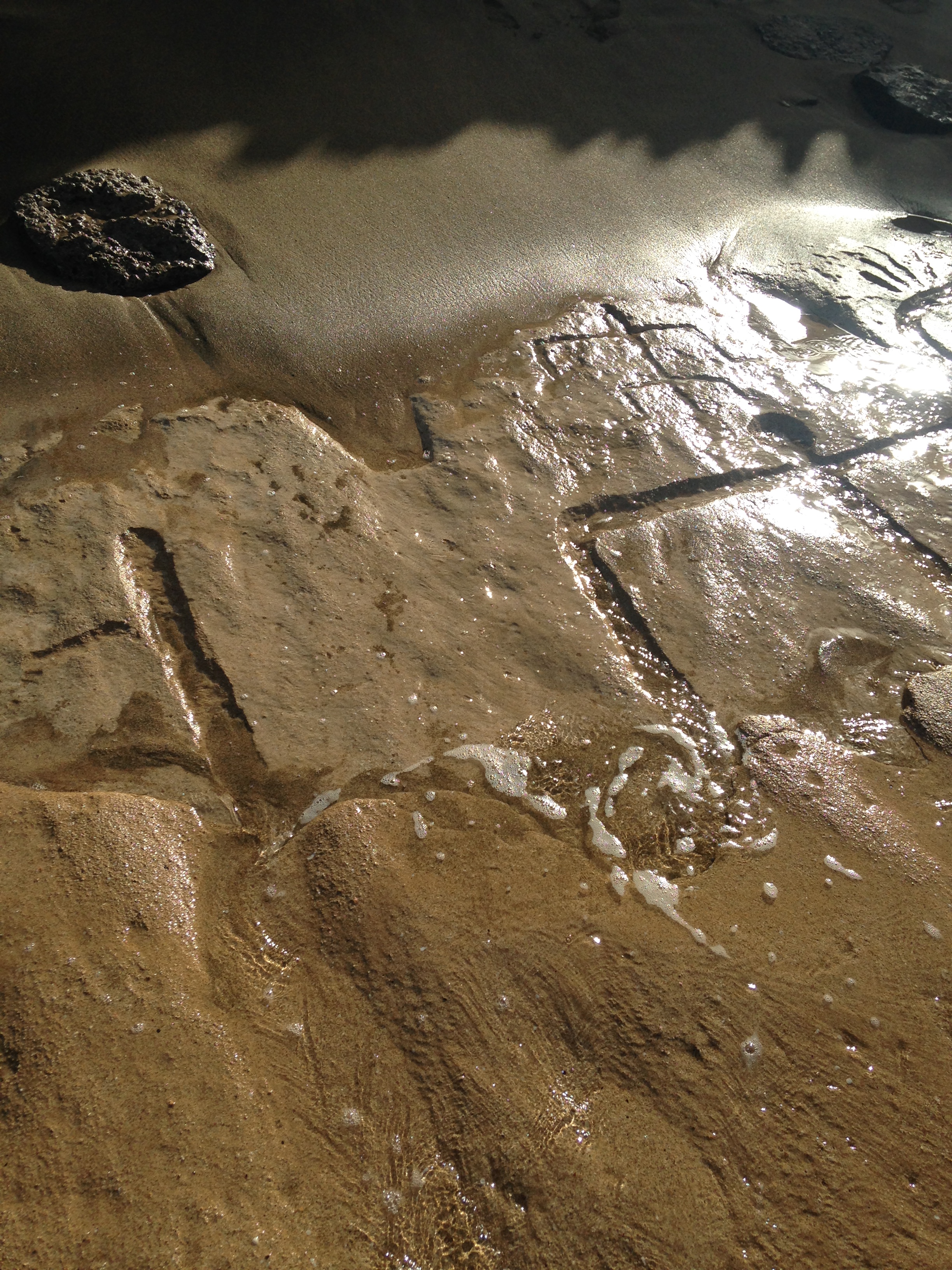
Sand and surf conspire to cover the petroglyphs, keeping them out of sight. State officials say the carvings are fragile, and even brushing sand off of them can cause damage. Plans to protect them are still in their infancy, according to a Department of Land and Natural Resources spokesman.
Hands and Fingers
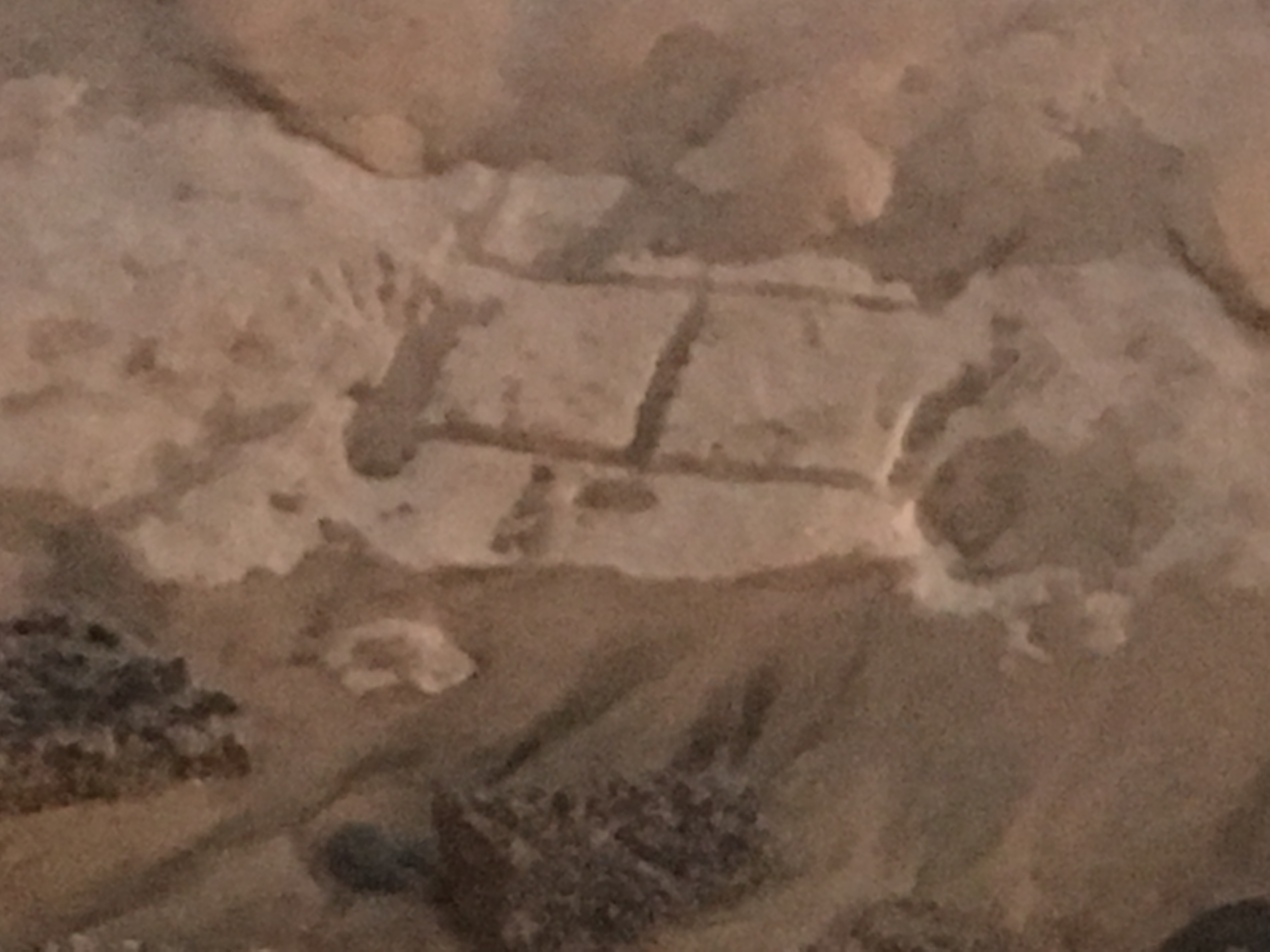
One of seventeen petroglyphs uncovered on the Waianae Coast. This petroglyph has hands and fingers, a relatively rare find, said Army archaeologist Alton Exzabe. Petroglyph sites are scattered around Hawaii; among the most famous site is Pu`u Loa in Volcanoes National Park, a small area dotted with more than 23,000 carvings.
Walk Like an Egyptian?
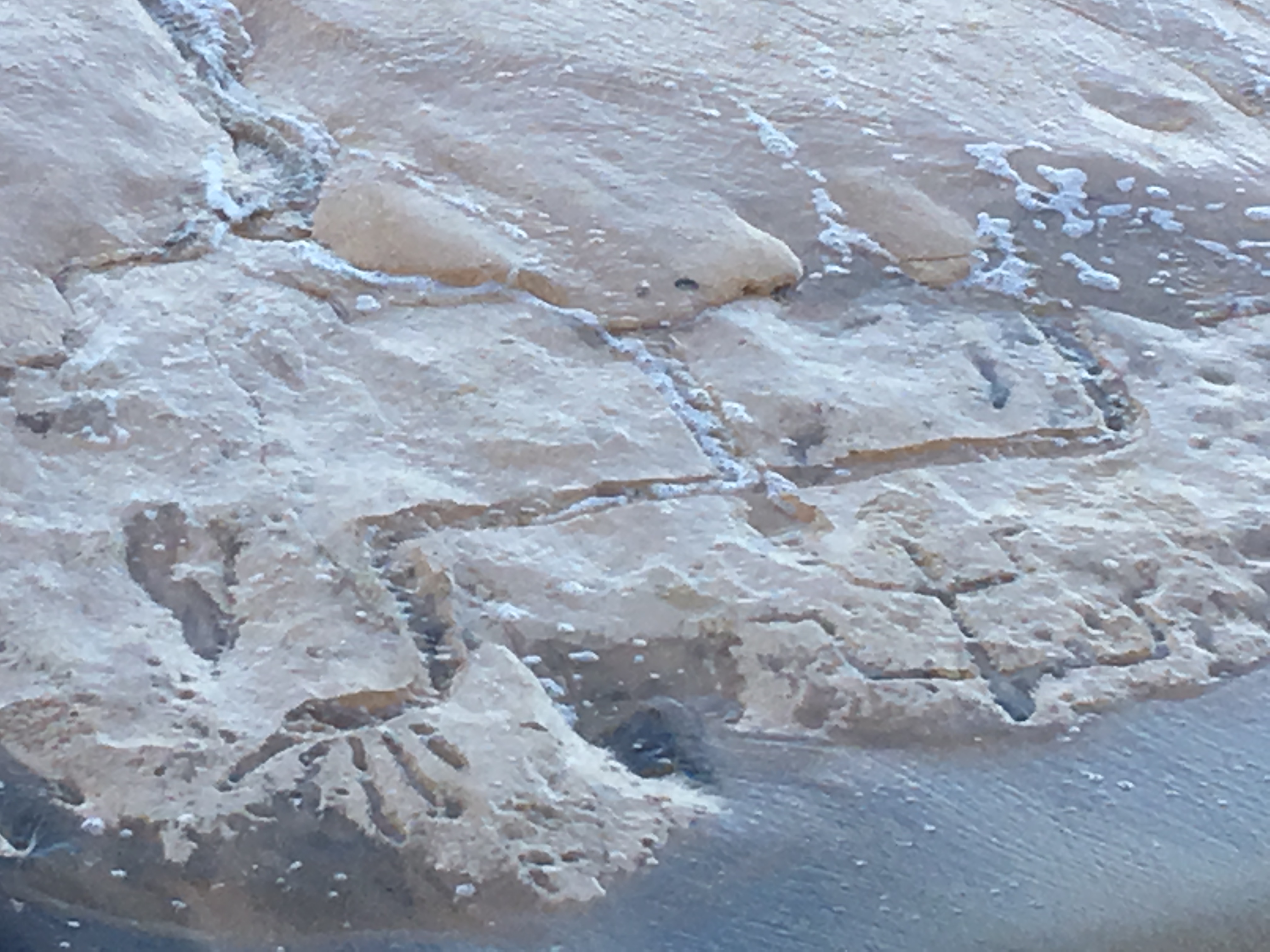
A petroglyph with zig-zag arms and five fingers on its hand waves from the beach on Oahu's Waianae Coast. Descendants of the aboriginal people who first settled the area say they weren't aware of these carvings.
Sign up for the Live Science daily newsletter now
Get the world’s most fascinating discoveries delivered straight to your inbox.
Shapes and Sizes
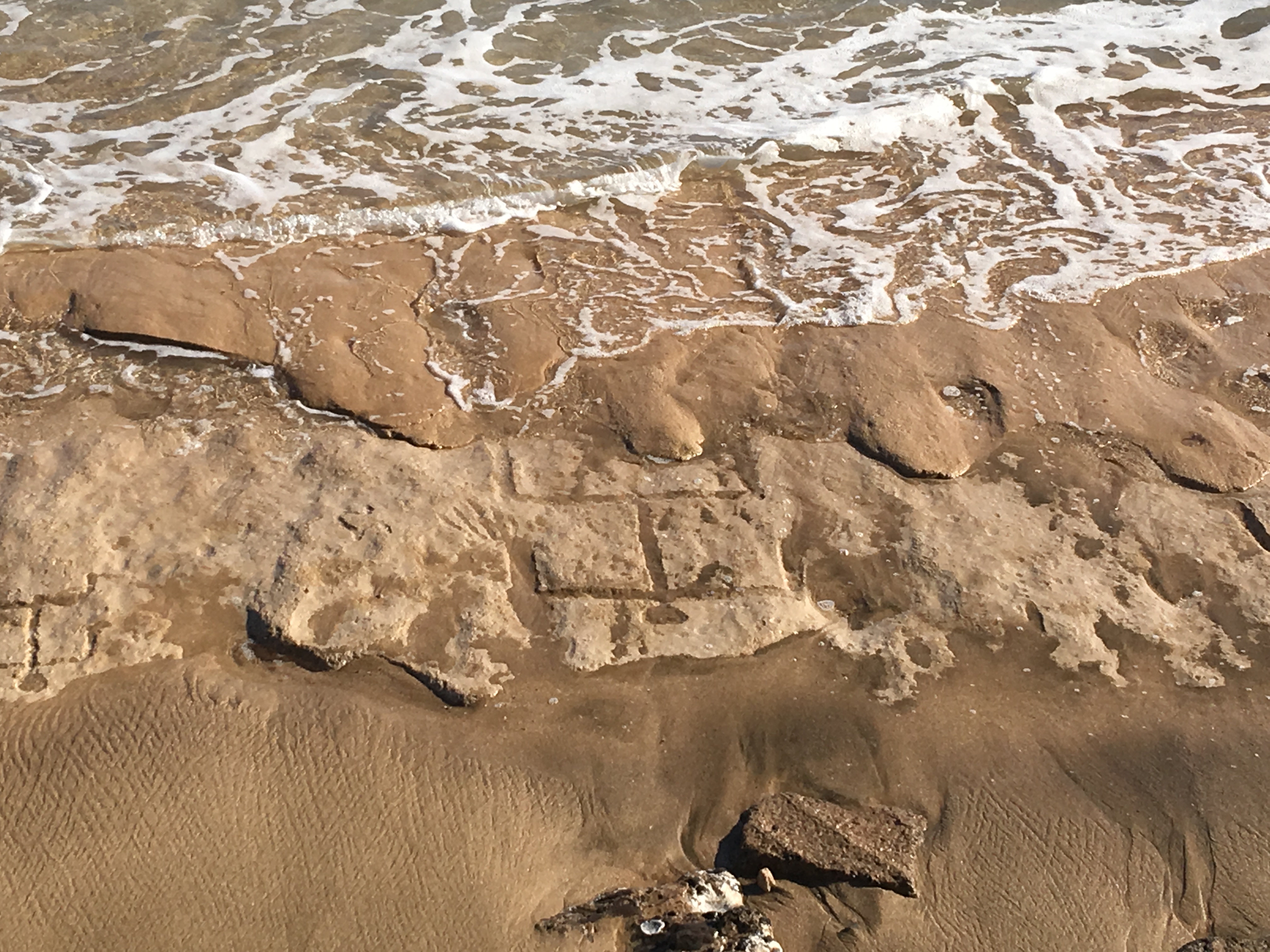
A wide shot shows the diversity of sizes of the Waianae petroglyphs. The waves moved the sand from these carvings only temporarily, but archaeologists used that time to document each petroglyph.
Carved in Stone
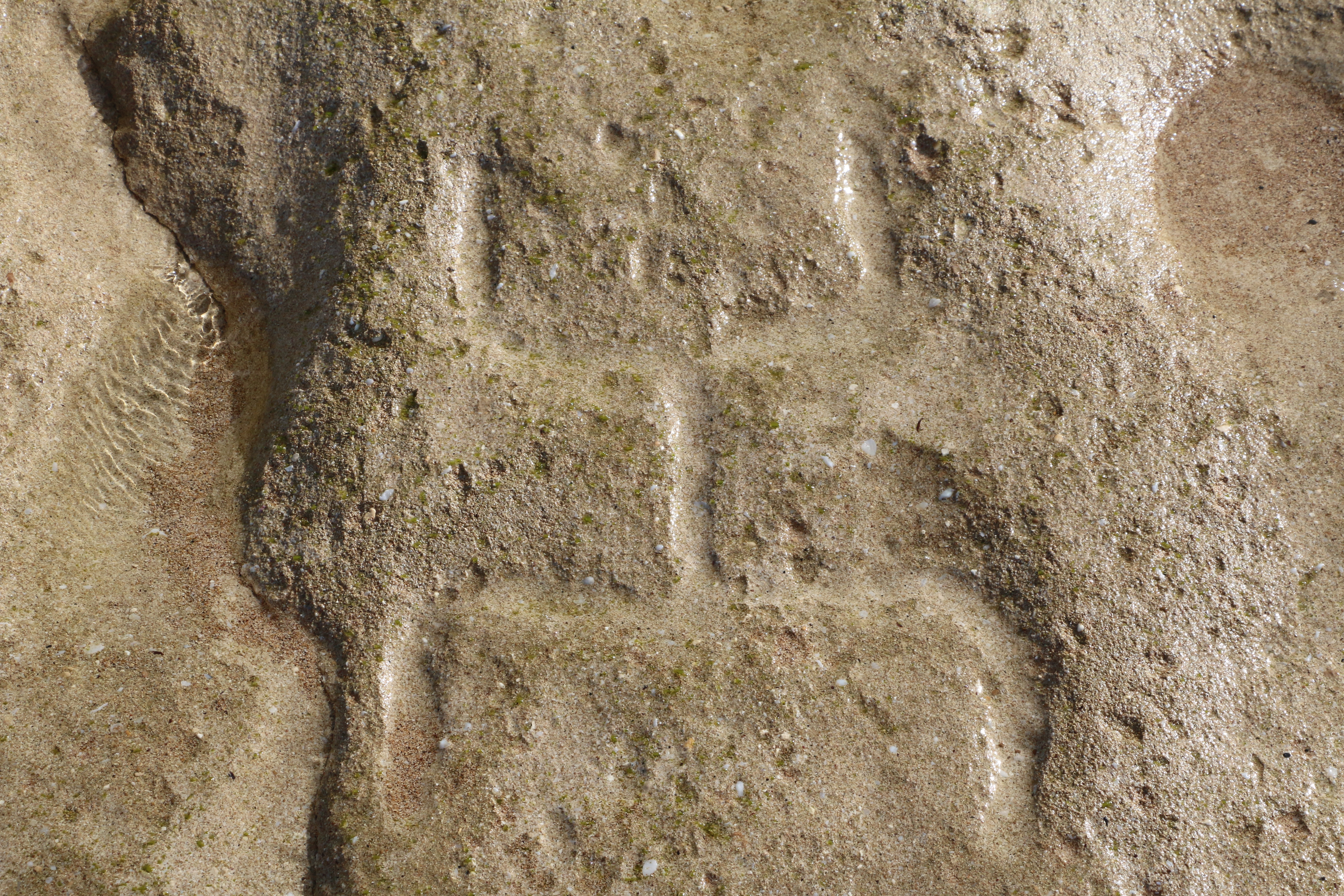
Hawaiian petroglyphs often appear carved in volcanic rock. These are etched into sandstone. This figure is probably more than 400 years old, but hasn't yet been washed away by the erosional forces of water and sand.
Small Shoreline
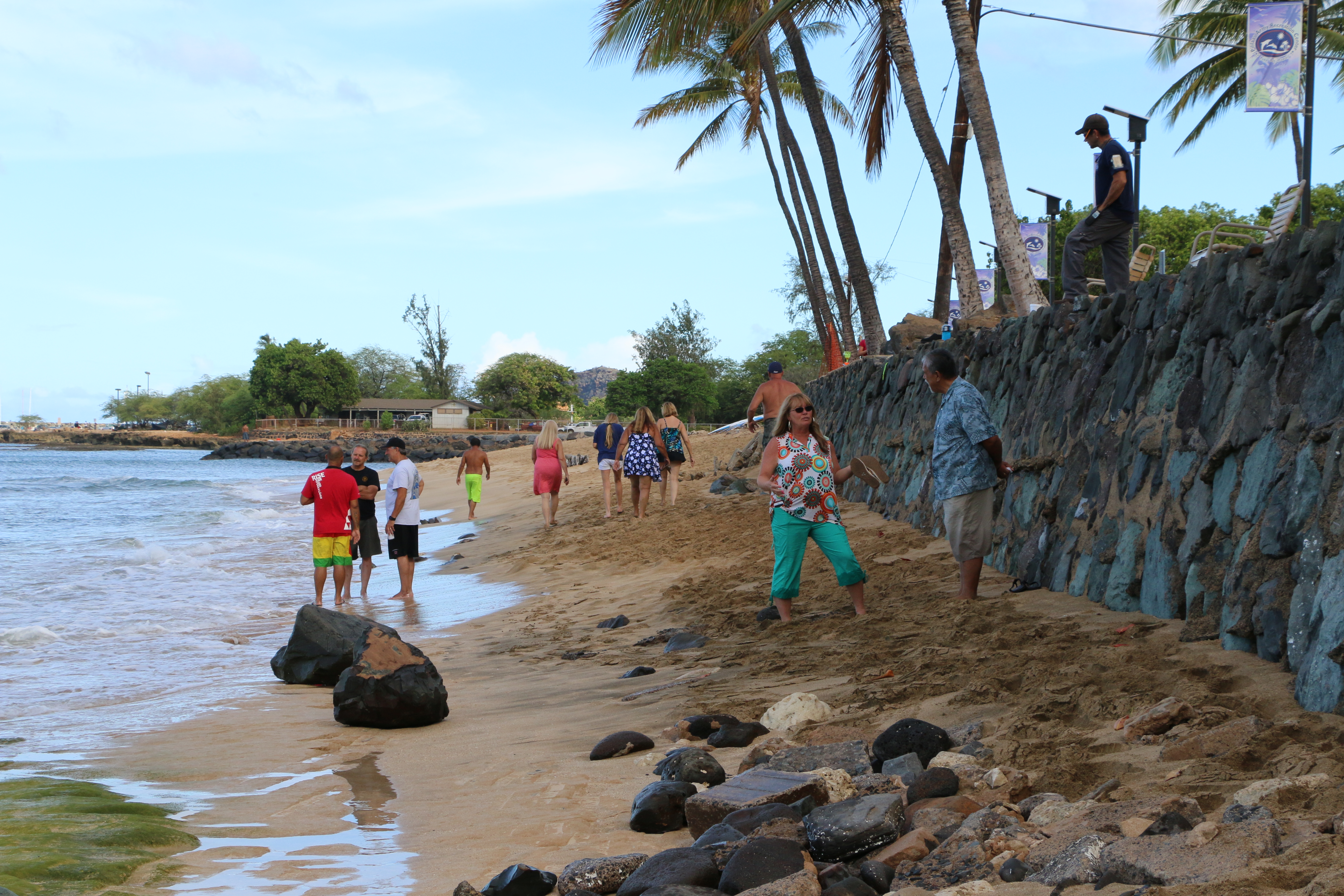
The petroglyphs are carved under the sand on this small beach on Oahu's Waianae Coast. The community of Waianae is on the island's western side, far from Honolulu's nightlife and the state's famous Waikiki beach.

Stephanie Pappas is a contributing writer for Live Science, covering topics ranging from geoscience to archaeology to the human brain and behavior. She was previously a senior writer for Live Science but is now a freelancer based in Denver, Colorado, and regularly contributes to Scientific American and The Monitor, the monthly magazine of the American Psychological Association. Stephanie received a bachelor's degree in psychology from the University of South Carolina and a graduate certificate in science communication from the University of California, Santa Cruz.










